COVID-19 wastewater numbers were down across the board in Saskatoon, North Battleford and Prince Albert.

That’s according to the University of Saskatchewan and Global Water Futures researchers, which said Saskatoon saw a 14.9 per cent decrease in measurements for the reporting period up to November 16.
The report said this decrease in the RNA load found in the wastewater indicates a decrease in infections in the city.
It was noted that the concentration of viral particles found was considered medium.
BA.5 made up 41.3 per cent of the RNA load found in the wastewater, which was the majority of the identifiable variants in the city. BA.5.1 made up six per cent, and BA.2.75 made up five per cent.
The remaining 47.7 per cent was attributed to other Omicron variants, but the report noted that the R346T mutation, which is one of the signatures of BQ.1, was positive in all samples.
North Battleford saw a 64.8 per cent dip in its wastewater numbers for the reporting period up to November 11.
The report outlined that the concentration of the viral load was considered medium, and that this drop indicates a decline in infections.

Get weekly health news
BA.5 made up 44.5 per cent of the RNA load found in the city’s wastewater, with the remaining 55.4 per cent being attributed to other Omicron variants.
It was noted that the R346T mutation was present in these samples as well.
Prince Albert saw a 68.2 per cent drop in the wastewater numbers for the reporting period up to November 14.
The concentration of the viral particles was considered medium by the report.
BA.5 made up 40 per cent of the variants found in the wastewater, while BA.5.1 made up 2.3 per cent, and the remaining 57.7 per cent was attributed to other Omicron variants.
The report noted that the R346T mutation was found in these samples too.

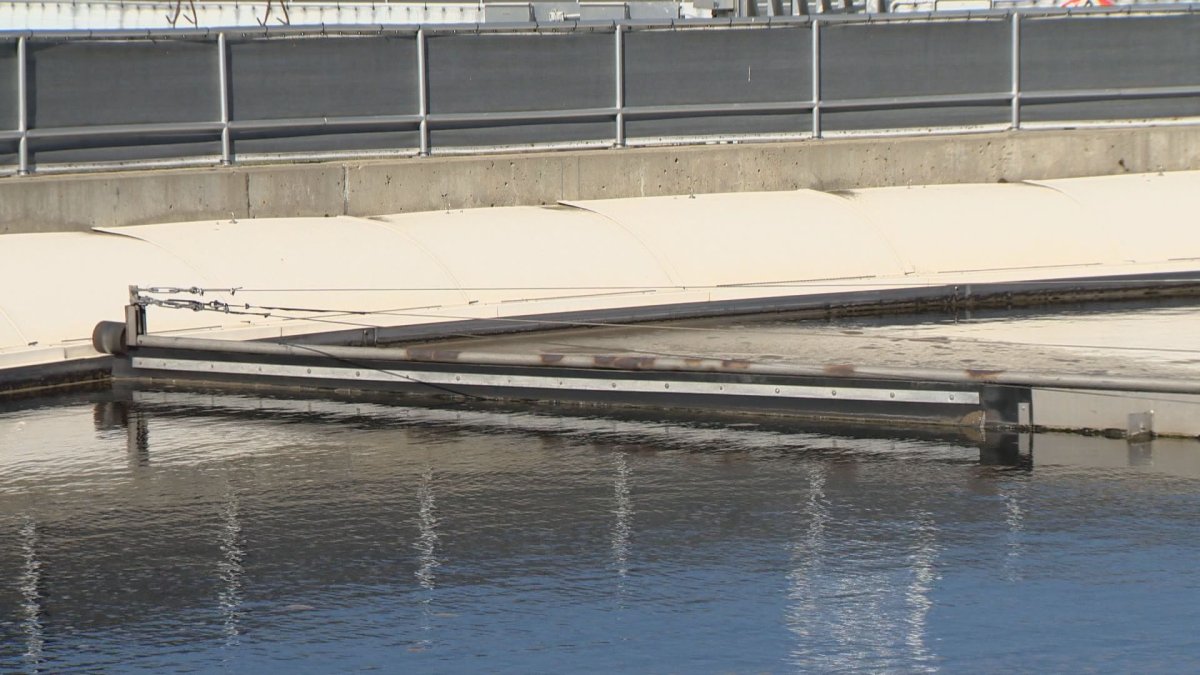
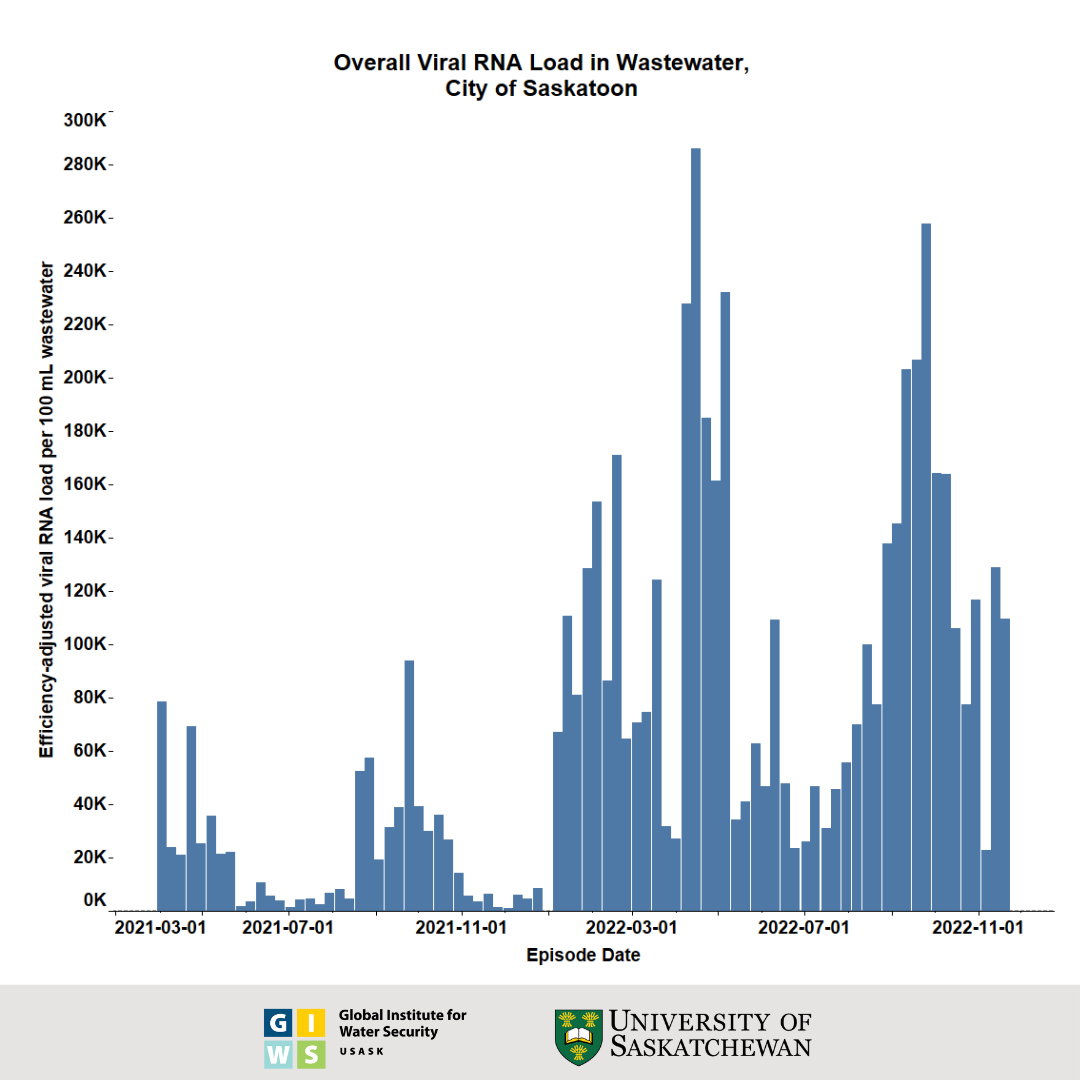
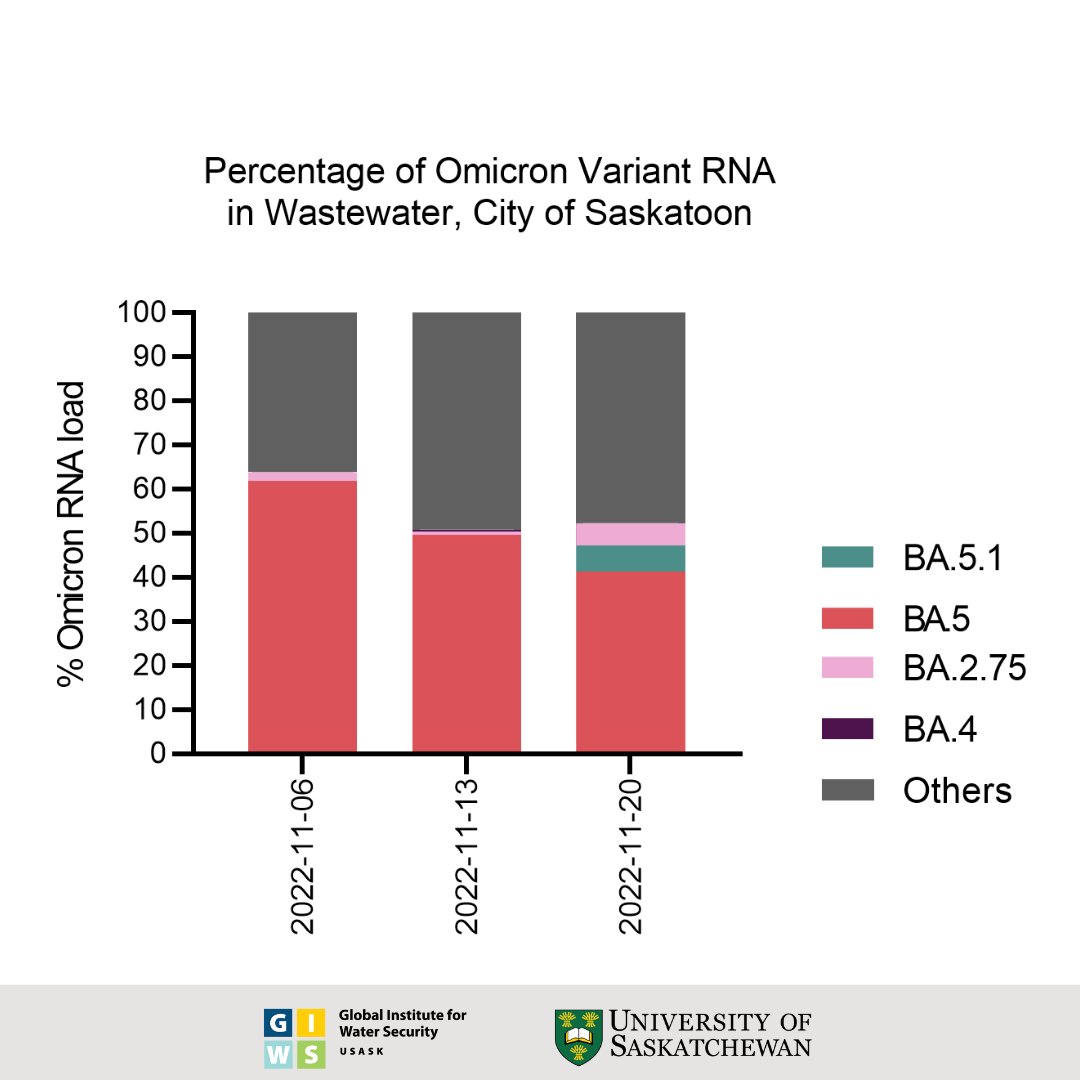
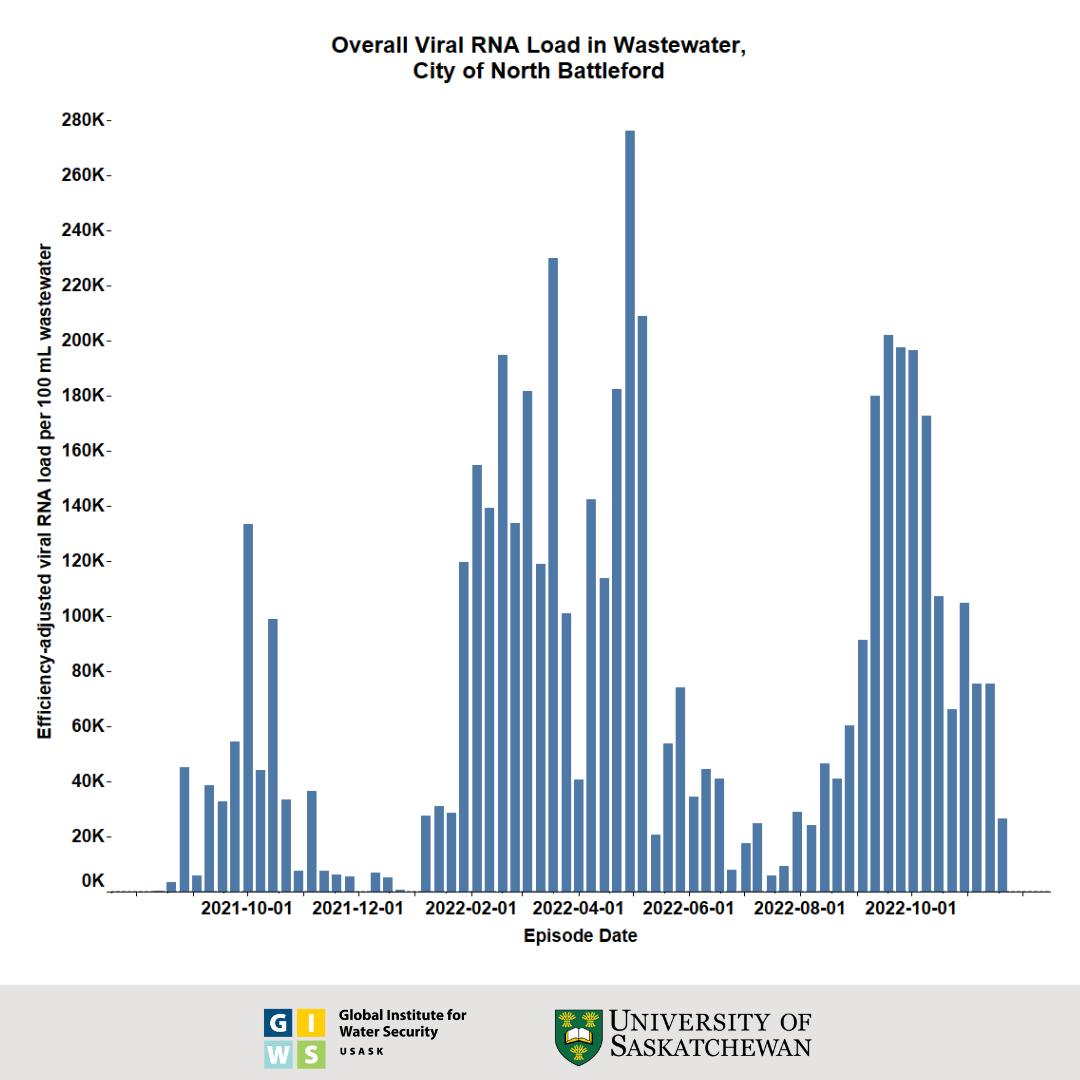


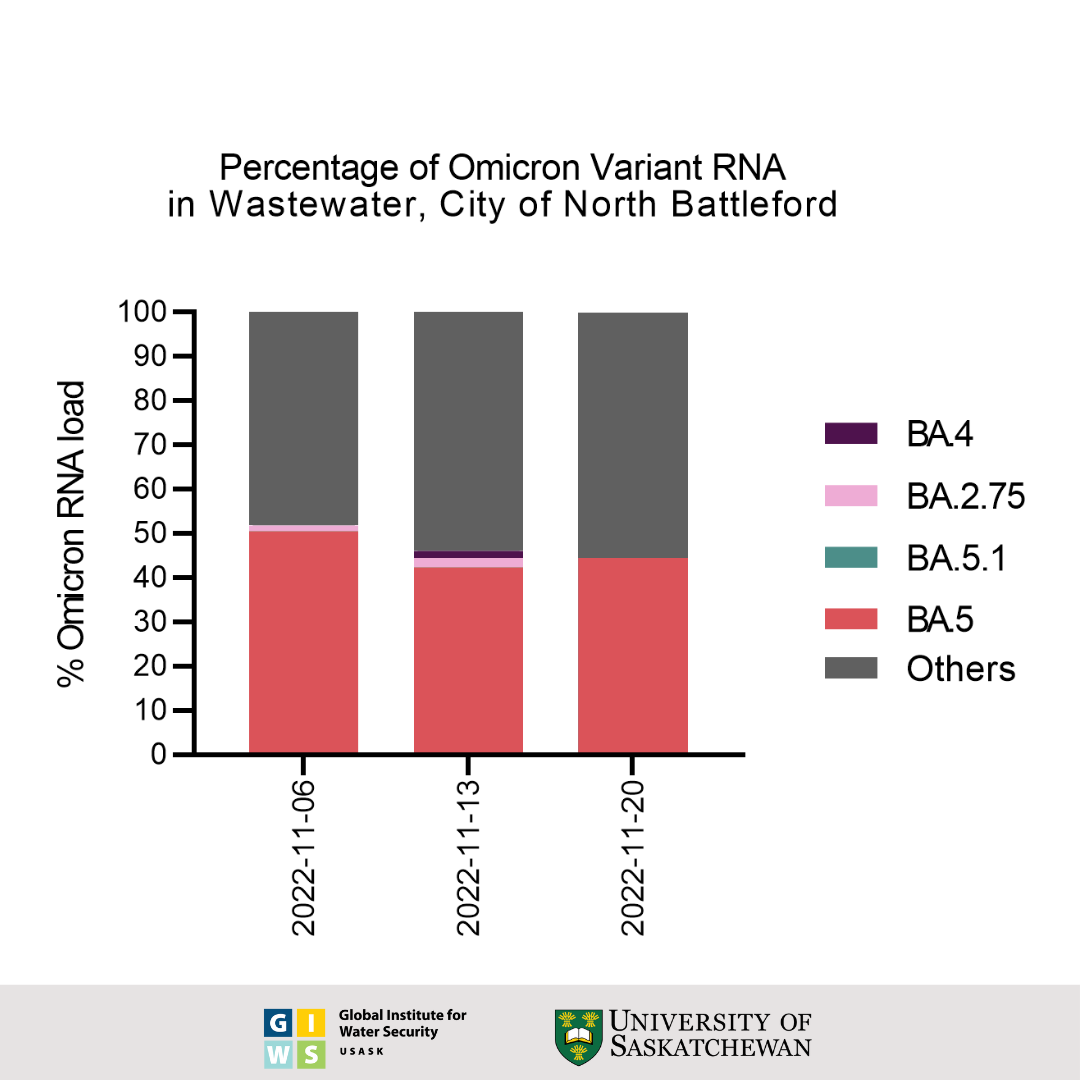
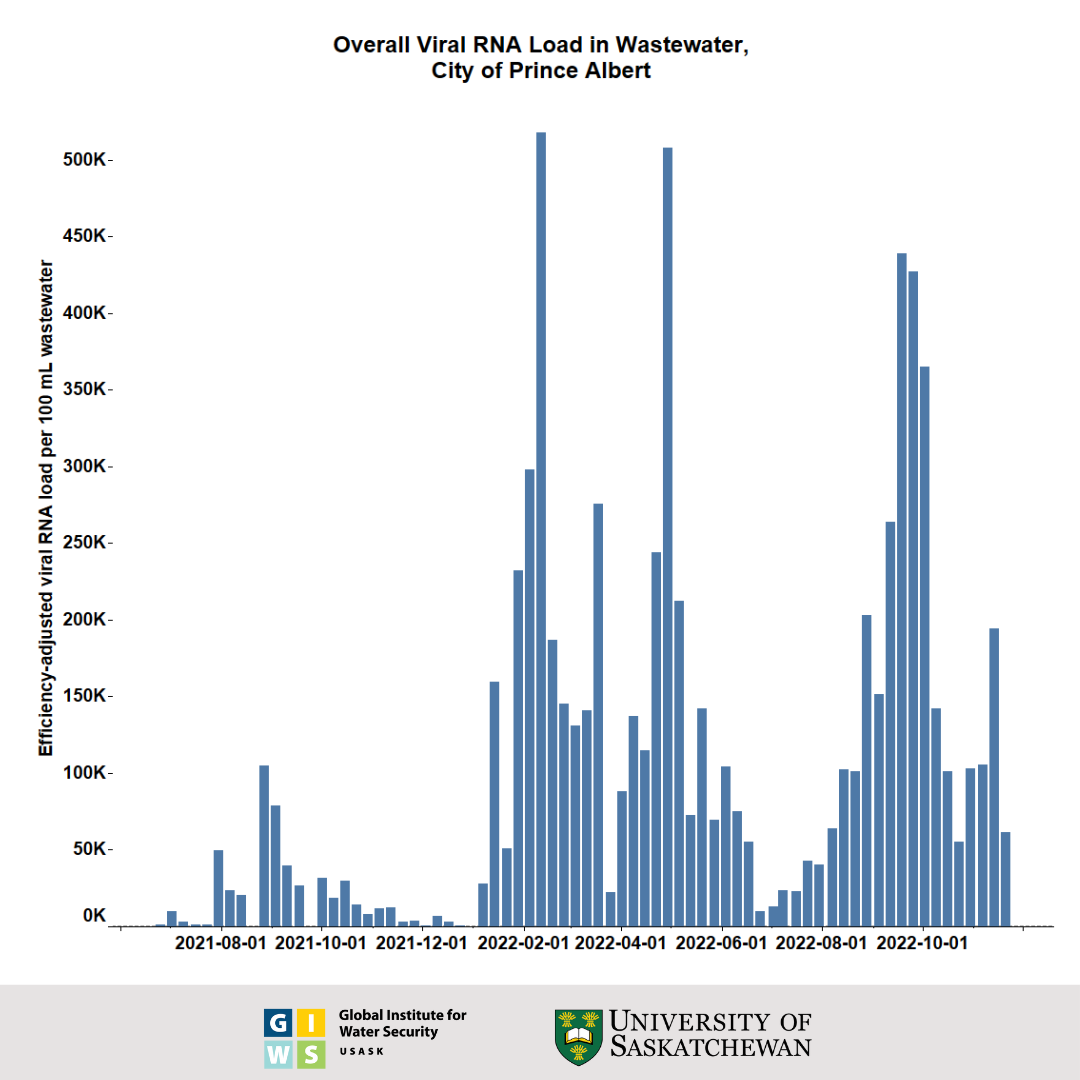
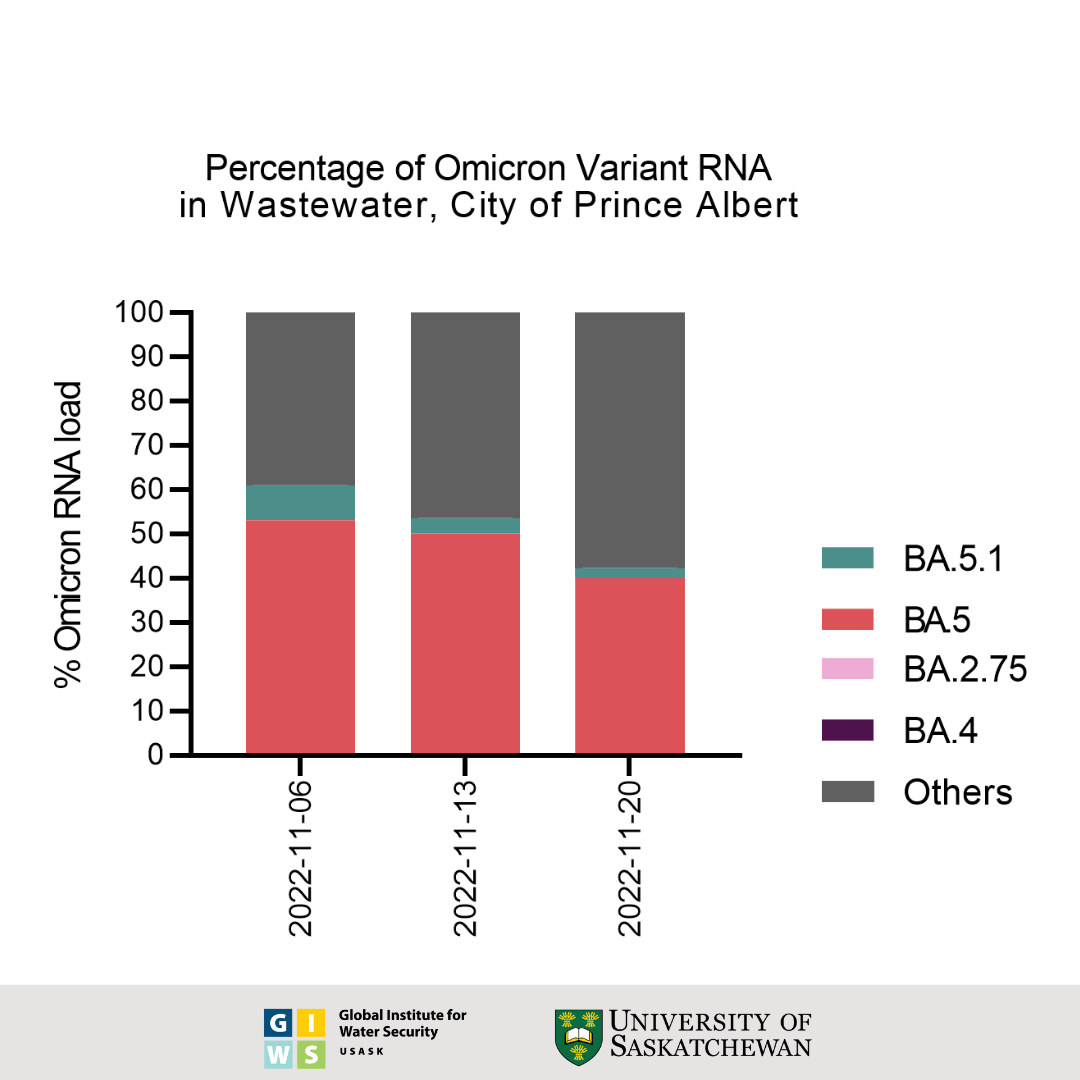
Comments